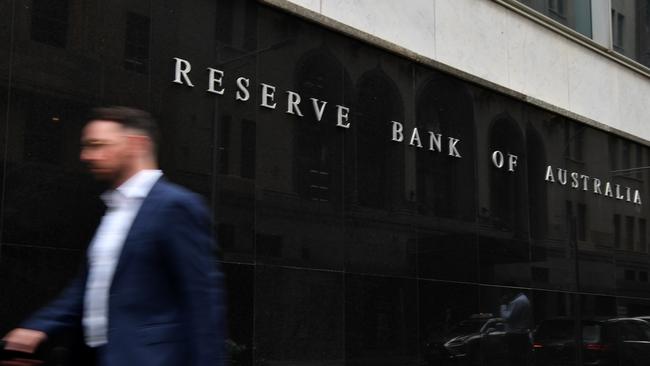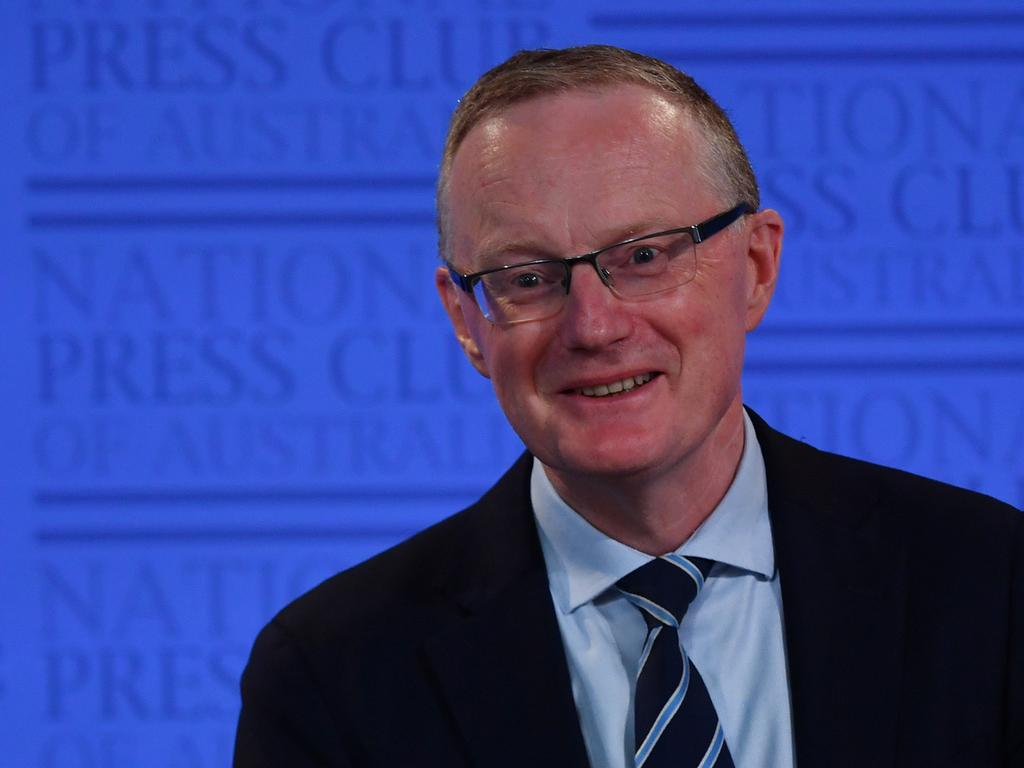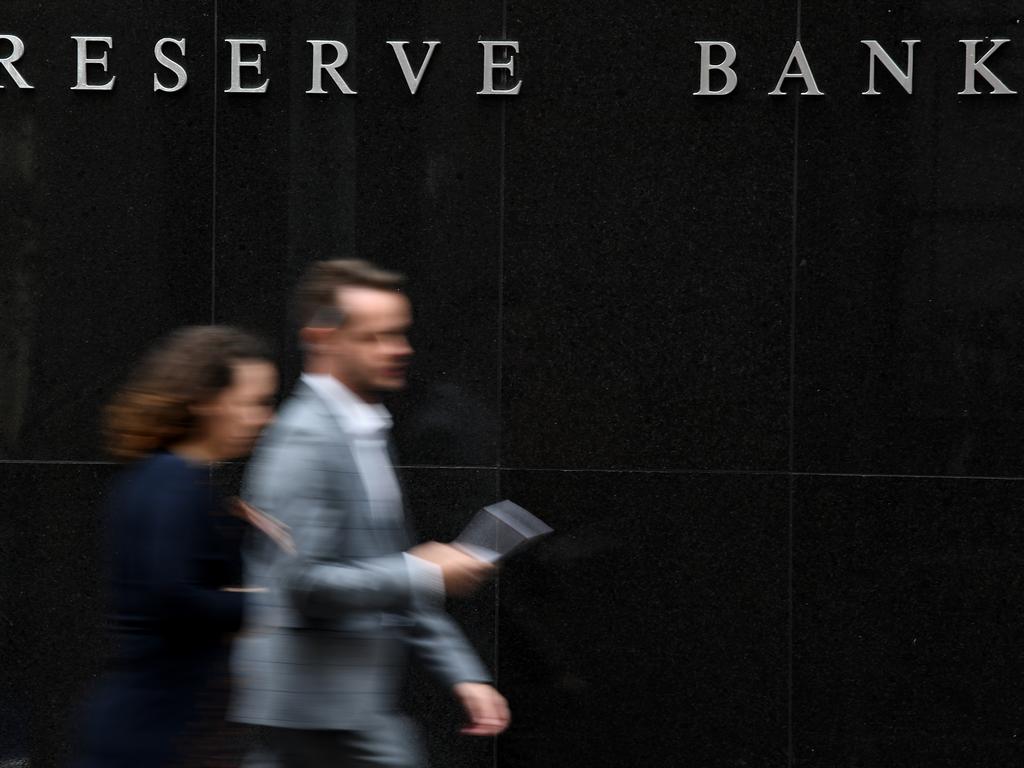RBA on cusp of policy shift
The absence of action by the RBA has many thinking the central bank will ditch its yield curve control policy.

The Reserve Bank has set the stage for a U-turn in its interest rate policy stance this week that recognises growing global inflation risks, according to economists.
Bond traders had been eager to see if the RBA would defend its target of 0.10 per cent for the yield on the April 2024 government bond. The yield has blown out sharply last week on news that inflation was much higher than expected in the third quarter.
But no defence was mounted.
The absence of action by the RBA has many thinking the central bank will ditch its yield curve control policy at its monthly board meeting on Tuesday, and abandon its current guidance that interest rates will not be raised until 2024.
“It is clear that a shift in broader policy settings is under way,” said Su-Lin Ong, head of market strategy at RBC Capital Markets.
A change in direction for the RBA will bring it into line with many other central banks, which have already begun tightening the policy screws to tamp down price pressures and prevent high inflation expectations from becoming baked in.
The RBA may also initiate an earlier wind-up of its quantitative easing policy next year, and bring forward its estimate for the first interest rate increase to late 2023. The trigger for changes in expectations about RBA policy was news on Tuesday that core inflation has returned to the midpoint of the RBA’s target band for the first time since 2015.
“We expect the YCC (yield curve control) to be dropped. It has served its purpose,” said David Plank, head of Australian economics at ANZ.
Financial markets have raced to price in multiple interest rate increases in 2022 as a result.
Even if the RBA does nudge forward its guidance on the timing of interest rate increases next week, an enormous gap between the expectations of the central bank and the markets is likely to remain.
Pressure on the RBA to adjust its outlook has risen quickly as more central banks have fully recognised the global inflation threat being driven by surging energy prices and supply chain disruptions brought on by the pandemic.
Still, there are some missing pieces of the inflation puzzle that may temper the RBA’s policy response next week.
The biggest of these is a lack of evidence that wages are growing in Australia.
The most recent data on wages in the hands of the RBA are second quarter numbers that disappointed the central bank. The RBA wants to see wages growing at an annual rate of 3 per cent or more. Currently wages are growing at around half that rate.
Third quarter wages data are due out in mid-November.
Wage growth has been in decline for about a decade, and RBA governor Philip Lowe does not think that situation will change quickly.
If wages are not rising, the RBA might be able to mount a case that the inflation spike being felt in the economy is more likely to be transitory.
Still, Australia’s economy is looking like it will grow strongly in the months ahead as large eastern states throw off lengthy pandemic lockdowns.
RBA deputy governor Guy Debelle acknowledged last week during a Senate estimates hearing that momentum was returning to the economy and most of the economic data looked positive.
There’s also a deep reservoir of household savings waiting to be unleashed.
The savings were built up during lockdowns and fed by generous fiscal stimulus. There’s enough money on the sidelines to propel the economy strongly into 2022.
Add to that the fact that employers are hungry again for staff. Job vacancies are elevated and government policy through the economic downturn aimed to keep employees connected to their places of work, even if no trading was possible.
Fears of a big jump in unemployment due to the recent spread of the Delta strain of the Covid-19 virus also appear overdone. As people return to the job market, firms stand ready to hire, suggesting the economy might soon make a return to full employment.
Should the job market remain resilient, as it has through the recent trials of lockdowns, confidence about a return to stronger wages growth in 2022 will increase.
If the RBA brings forward its time line for interest rate increases next week, it might also take some steam out of surging house prices.
Tomorrow’s meeting looms as a critical moment for the RBA as it adjusts to the new world of inflation fears that have suddenly washed into the Australian economy.
James Glynn is the Wall Street Journal’s Australian economic correspondent.







To join the conversation, please log in. Don't have an account? Register
Join the conversation, you are commenting as Logout